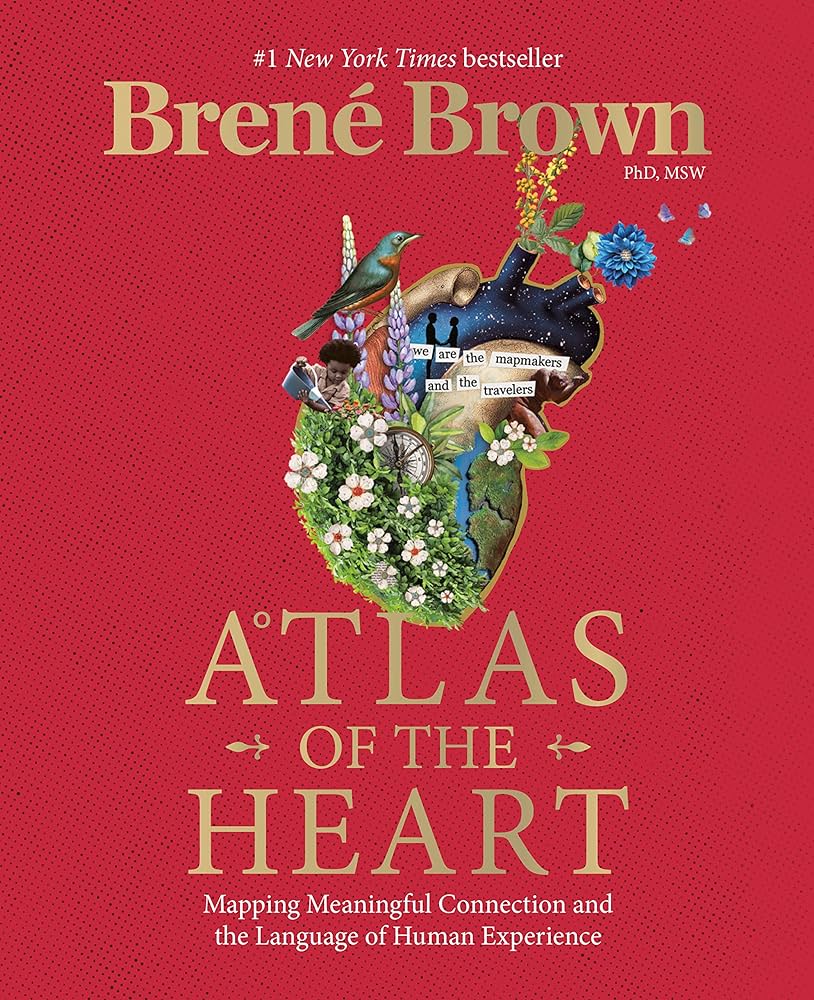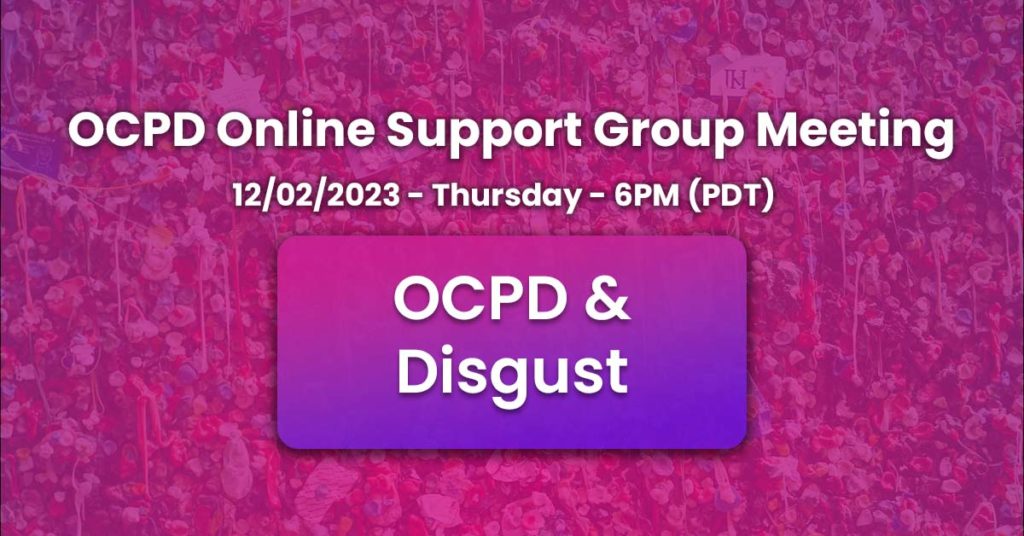For this discussion topic I wanted to share the entire section from the book “Atlas of the Heart” on disgust. For context, this emotion is loosely grouped under the broader banner of “Places we go when we feel wronged” so the author will be sharing about disgust in the context of additional core emotions. I encourage everyone to check out this book if you’re able. It’s a wonderful tool for further your emotional intelligence!

Places We Go When We Feel Wronged
Anger, Contempt, Disgust, Dehumanization, Hate, Self-Righteousness
Disgust
- ☐ I might be willing to try eating monkey meat, under some circumstances.
- ☐ It bothers me to hear someone clear a throat full of mucus.
- ☐ If I see someone vomit, it makes me sick to my stomach.
- ☐ It would not upset me at all to watch a person with a glass eye take the eye out of the socket.
- ☐ Even if I was hungry, I would not drink a bowl of my favorite soup if it had been stirred by a used but thoroughly washed flyswatter.
Gross. I know. Welcome to disgust.
These are five items from the Disgust Scale—Revised (DS-R), a valid and reliable measure of disgust developed by a team of researchers in the mid-1990s and revised in 2007. Jonathan Haidt, the lead researcher on the team that created the scale, is a social psychologist and writer who is the Thomas Cooley Professor of Ethical Leadership at the New York University Stern School of Business. Haidt poses a critical question:
Disgust is a fascinating emotion. Its elicitors are a puzzle: it makes sense that we are disgusted by things that can contaminate our food, but why does this food-related emotion extend itself so deeply into our social world, so that people feel disgusted by certain ethnic groups (or by racism), by homosexuality (or by homophobia), and by a variety of social and moral violations that don’t involve anything physically contaminating?
– Jonathan Haidt
Understanding Disgust
With contempt, we look down on the other person and we want to exclude or ignore them. With disgust, inferiority is not the issue, the feeling is more physical—we want to avoid being “poisoned” (either literally or figuratively). The poisoning thing is real. Researchers believe that “The experience of disgust encourages individuals to distance themselves from the emotion eliciting source, thereby limiting contact and exposure to the potentially infectious or toxic target.” I love that Steven Pinker refers to disgust as “intuitive microbiology.”
According to emotions research pioneer Paul Ekman, disgust “arises as a feeling of aversion towards something offensive. We can feel disgusted by something we perceive with our physical senses (sight, smell, touch, sound, taste), by the actions or appearances of people, and even by ideas.” Ekman found that “disgust contains a range of states with varying intensities” from mild dislike and aversion to repugnance, revulsion, and intense loathing. “All states of disgust are triggered by the feeling that something is aversive, repulsive and/or toxic.”
Ekman, who has made invaluable contributions to the study of emotions, especially in identifying the relationships between emotions and facial expressions, explains that when we feel disgust, we often wrinkle our nose, choke or gag, cover our mouth or nose while hunching over (as if we might vomit), recoil or back away, and say “yuck” or “ew.”
Circling back to the question posed by Jonathan Haidt: How does an emotion that is hardwired to protect us from actual toxins and poisons become something that we feel toward other people? Researchers explain that core disgust is thought to protect the body from ingestion of contaminants, while disgust in an interpersonal context is thought to “protect” us from unseemly behavior or contamination of the soul.
But it’s not just unseemly behavior that makes us feel disgust toward other people. We’ve taken an emotion that keeps us safe from the stuff that can make us sick and turned it into an emotion that can be weaponized against people who make us sick, simply because we either disagree with them or they are different from us. One example of this is the dangerous relationship between disgust and dehumanization. Researchers Maria Miceli and Cristiano Castelfranchi found that reactions of disgust can rapidly lead to dehumanizing, othering, and marginalizing individuals or groups of people.
This element of dehumanization seems to be one of the characteristics that distinguishes disgust from contempt. They write, “The disrespect involved in disgust implies that human dignity is perceived as alienable. The person is responsible for the bad action [they have] done, but the very effect of that action is dehumanizing: by performing it, one has responsibly degraded oneself to sub-human.”
They go on to explain how “moral disgust is even more dangerous because of its dehumanizing implications. Disgusting people, if no longer viewed as persons, can suffer much more than ‘othering’ and marginalization.” Once we dehumanize people, violence and cruelty toward them become easier to perpetrate because the parts of us that are hardwired to not hurt other people turn off—in our minds, we’ve stripped them of their humanity.
Another difference that makes disgust more dangerous is that once a target is viewed with disgust, this judgment seems to be permanent; evaluations of disgust seem to indicate a reprehensible moral character that is immutable and unforgivable. At least with anger, an apology or reparation has the potential to reverse the damage done.
Other Resources
Paul Ekman Group – What is Disgust?
Ekman’s Atlas of Emotions – Disgust
Disgust: the disease-avoidance emotion and its dysfunctions
OCD: obsessive–compulsive … disgust? The role of disgust in obsessive–compulsive disorder
[PDF] Olfaction and Disgust as Predictors of Elevated Perfectionism

![[Zoom Meeting] Reflecting on the Year 2023 📝🔍](https://www.youmeandocpd.com/wp-content/uploads/2023/12/2023-12-28-OCPD-Reflecting-on-the-Year-1024x536.jpg)
![[Zoom Meeting] OCPD & Setting New Intentions 🌱](https://www.youmeandocpd.com/wp-content/uploads/2024/01/2024-01-11-OCPD-Setting-New-Intentions-1024x536.jpg)